The eyes certainly are windows to the soul, and if you know anything about eyes or windows, you know they come in many different tints and colors!
Most commonly, you see brown or blue eyes when you look at the people around you, but some people wind up with really cool and rare eye colors. Here are some of the rarest eye colors and how they happen.
What Determines the Color of Your Eyes?
Many people will argue that the color of your eyes is purely genetic, which for the most part is true. However, there’s still not a lot known about the specific genes that determine a person’s eye color. We do know that rarer eye color genes are recessive, so perhaps it’s just a matter of the right genes coming together to bring forth the phenomena.
What we do know about eye color determination is that it involves two pigments: melanin (brown pigment), and lipochrome (yellow pigment). It also depends on how the iris scatters light. When you see someone with light-blue eyes, it means there is an absence of melanin or brown pigmentation. Conversely, when you see someone with dark-brown eyes, they have an abundance of melanin.
The Rarest Eye Colors and How They Occur
So, Which Is the Most Unique?
It's hard to determine exactly which eye color is the rarest, but if you have never seen any of the ones listed below, it’s because they're not common. This list is from the rarest to the more common, and if your eye color is listed, consider yourself a gem.
While it may seem like only a few people have rare eye colors, the truth is that everyone has a unique color to them, just like fingerprints. No two people share the same shape or color of eyes. So even if you have brown eyes, you're eye color is unique!
Heterochromia and Anisocoria
Heterochromia and anisocoria are sometimes mistaken for each other. Most people think David Bowie had two different eye colors, when in fact, he had anisocoria.

Heterochromia
Heterochromia is a rare eye condition where a person's irises are different colors. There are three types of heterochromia:
• Complete Heterochromia: One iris is a completely different color than the other iris.
• Partial Heterochromia: A spot in an iris is an entirely different color than the rest of the iris due to pigmentation differences.
• Central Heterochromia: When there is an inner ring that is a different color than the outer area of the iris.
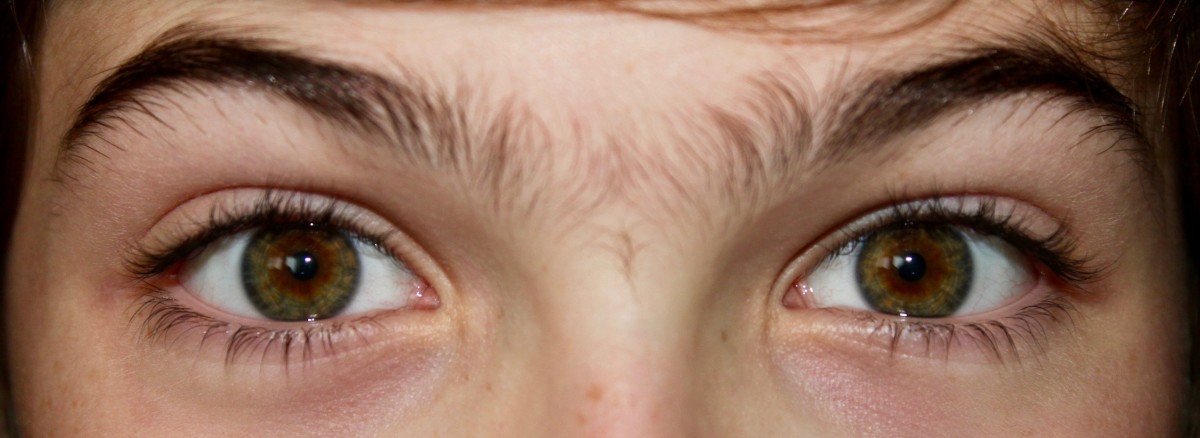
Anisocoria

• It’s quite an unusual type of eye coloring that some individuals have, and while many people wear contacts to make their eye color more uniform, I think it’s beautiful, and such a rarity should be flaunted!
• Anisocoria is when one pupil is larger than the other pupil. This can make someone look like they have two different eye colors when they do not. Anisocoria can be present at birth, and there is usually only a few millimeters of difference between the two.
• Anisocoria can also be a result of nerve palsy or a traumatic eye injury. This can cause a much more significant difference in pupil size making the eye with the dilated pupil look much darker than the eye with the normal pupil.
Red, Pink, and Violet Eyes

Two major conditions cause a red or pinkish eye color: albinism and blood leaking into the iris. Although albinos tend to have very, very light blue eyes due to a lack of pigment, some forms of albinism can cause eyes to appear red or pink.
Violet Eyes
Oh, what a purplish blue! This color is most often found in people with albinism. It is said that you cannot truly have violet eyes without albinism. Mix a lack of pigment with the red from light reflecting off of blood vessels in the eyes, and you get a beautiful violet!
Grey Eyes
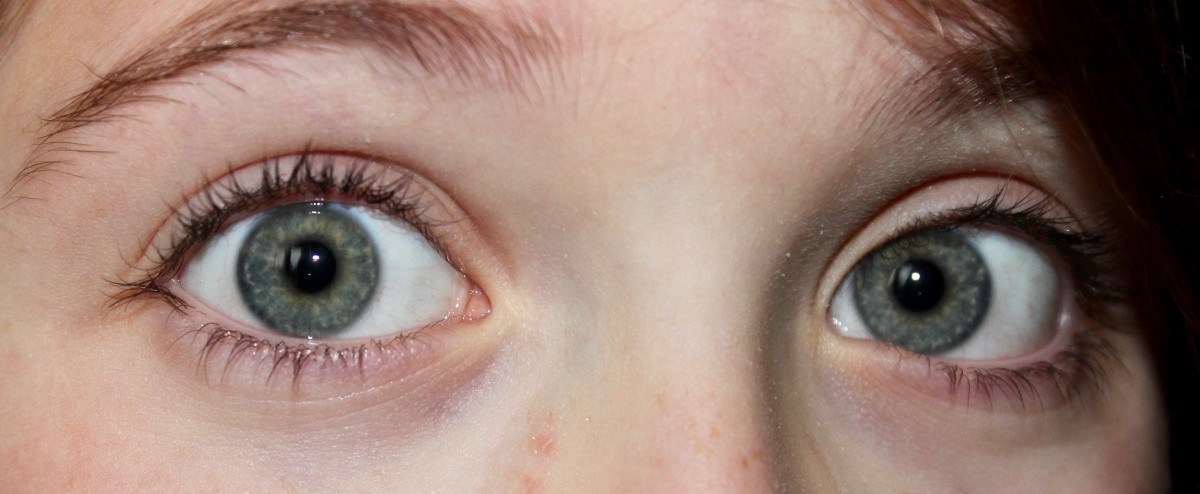
Grey eyes can sometimes be mistaken for light blue eyes, and they do occur in much the same way. It is thought that what makes these eyes appear grey rather than blue has to do with the amount of collagen present in the stroma. This interferes with the Rayleigh scattering, causing the light to reflect the color grey rather than blue.
Green Eyes
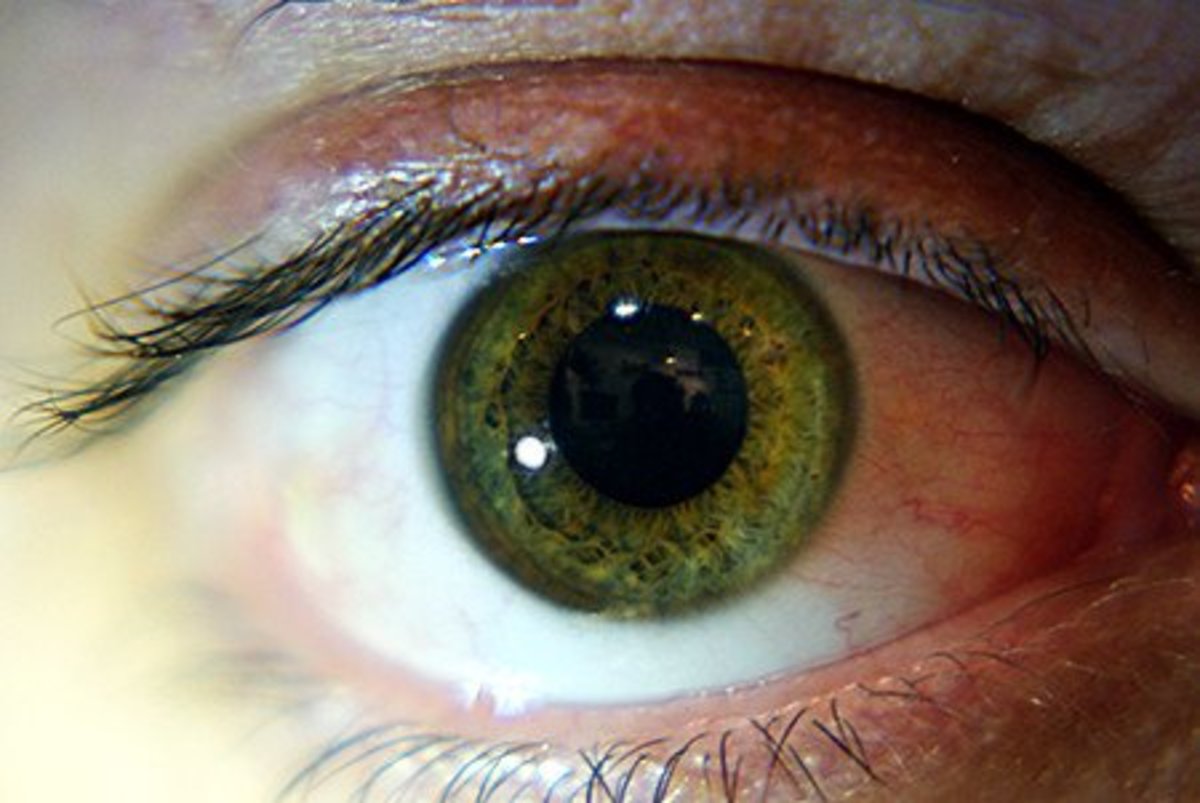
Very little melanin, a burst of lipochrome, and the Rayleigh scattering of light that reflects off the yellow stroma can make for a variety of shades of green. With only two percent of the world’s population having green eyes, it’s definitely rare!
Amber Eyes
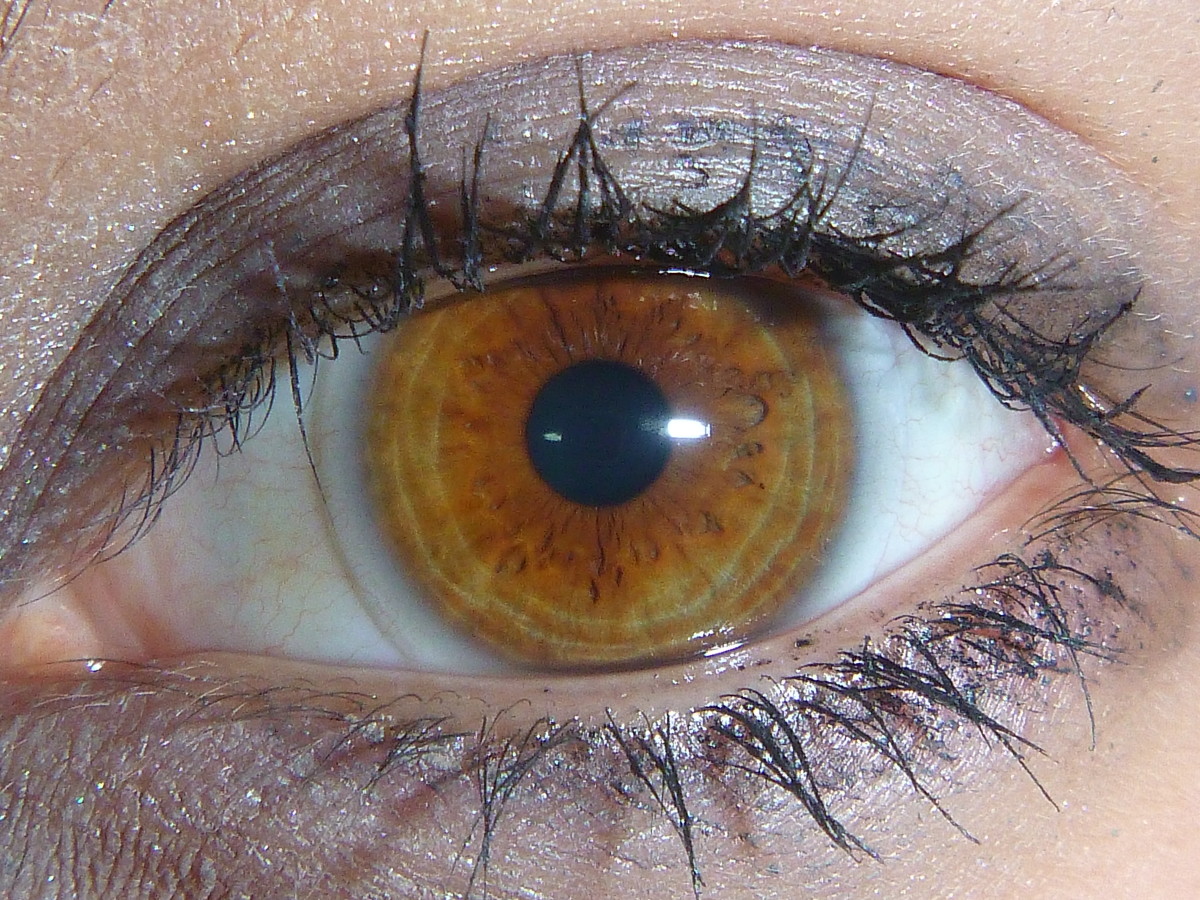
This beautiful, golden eye color is often confused with hazel. The difference is that hazel eyes have brown and green in them, while amber eyes are a solid, uniform color. With a little melanin and a whole lot of lipochrome, eyes of this shade almost appear to be glowing! A few different animals have this eye color, but it’s a true rarity in humans.
Hazel Eyes
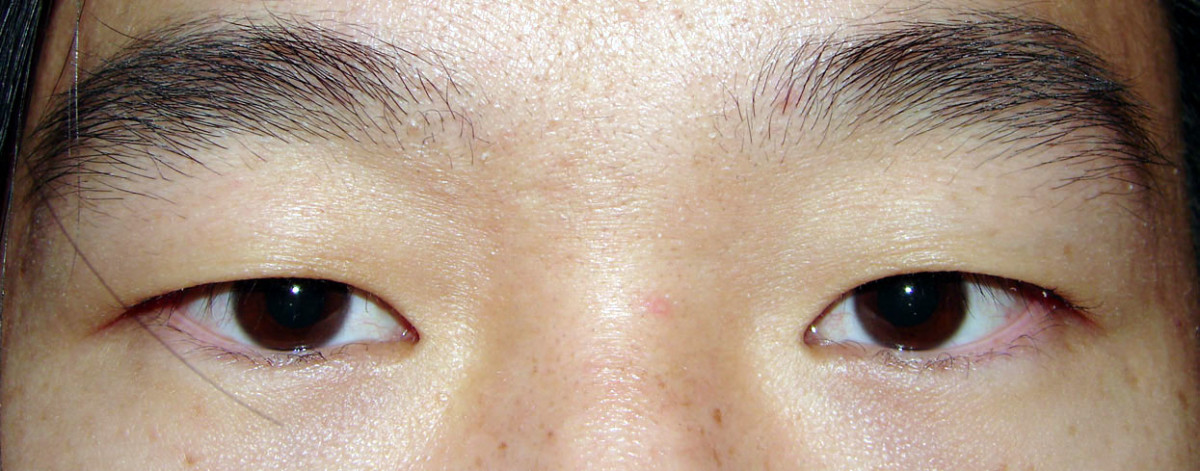
While hazel eyes may seem fairly common, you probably know someone with hazel eyes, they only account for about 5% of the world's population. Hazel eyes have a concentration of melanin on the outside of the iris, giving the eye a multicolored appearance.
Are There Really Black Eyes?
Some people think that having black eyes is one of the rarest eye colors. Have you ever seen someone with eyes that seem black as night? Although they appear black, they are really just a very, very dark brown, which is caused by an abundance of melanin. You may only be able to determine the pupil from the iris when looking at the eye with a bright light!







